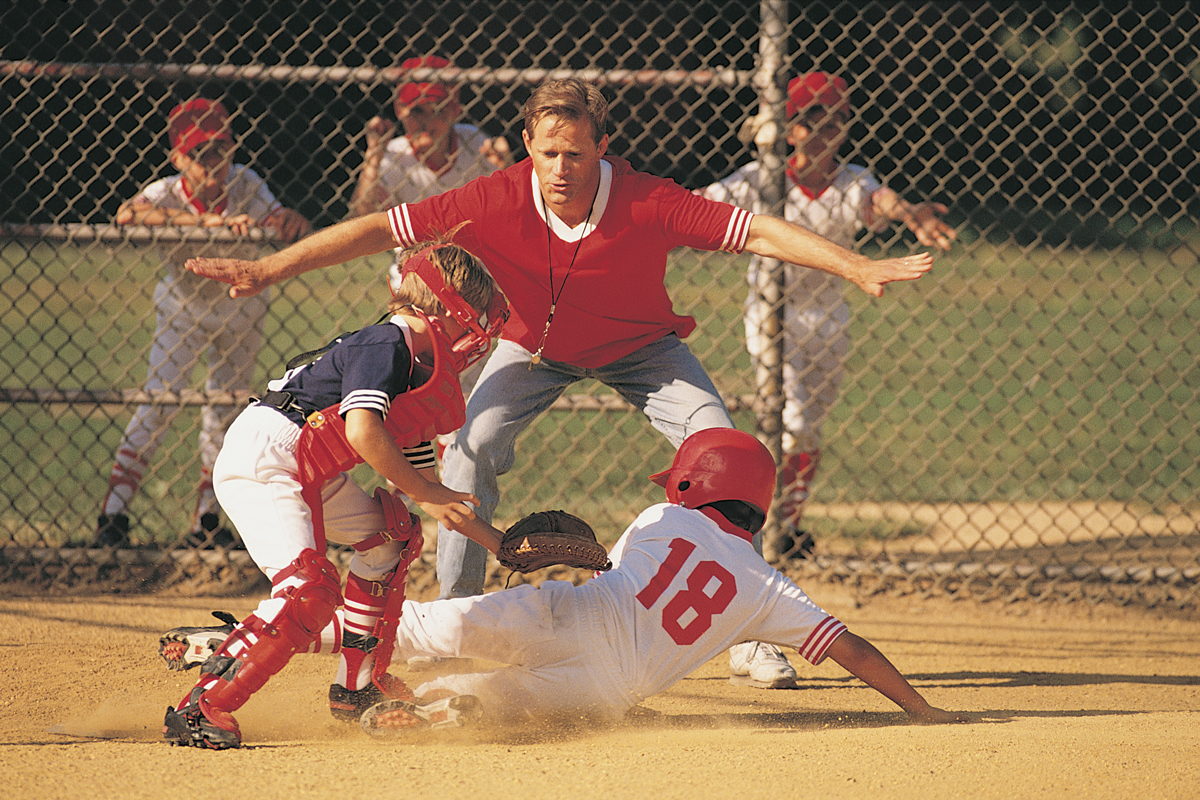 |
|
Playing sports and exercising regularly may benefit the visual health of children, study finds. Photo: Getty Images. |
Exercise is important to maintain health, and new analysis found these benefits extend into eye health of children. The conducted review, named Ireland Eye Study, examined schoolchildren for different aspects of sight, comparing these to their level of fitness.
Participants—1,626 children aged 6-7 and 12-13 years—were randomly selected across schools in Ireland. Parents and guardians were given a questionnaire to fill out detailing their child’s level of physical activity per week, with four options available to select: no activity, light activity, moderate activity or regular activity. No activity was defined as being mostly on screens, light activity as occasional walking or cycling, moderate activity included less than three hours a week of sports, and regular activity as more than three hours a week in sports.
The researchers measured different aspects of eyesight with logMAR monocular visual acuities at a distance (3m) and near (40cm), a TNO stereo-test for stereoacuity, a cover test and cycloplegic autorefraction. They then used linear regression analysis to form results and conclusions.
Findings included better distance and near visual acuity, as well as stereoacuity, amongst children who exercised regularly compared to those who exercised moderately, lightly or had no activity, and this was consistent with both the 6-7 and 12-13 age groups. Regular physical activity was also associated with an absence of clinically significant refractive error (defined here as less than -0.50D of myopia or 2.00D of hyperopia).
Overall, children who have better visual acuity (VA), stereoacuity and do not need glasses are likelier to engage in regular physical activity compared to children with reduced VA, stereoacuity and who wear glasses. Conversely, children reported to have no physical activity were significantly more likely to be visually impaired. One in three visually impaired children reported no activity, compared to the overall one in 10, making this connection significant. Lack of activity extended to include children with amblyopia, myopia and astigmatism.
Prior research reflects similar findings in myopic children, including the same dataset used in previous research that found myopic children aged 12-13 spent less time outdoors and participating in physical activity and more time on screens than their emmetropic counterparts. Yet in another study, emmetropes, though associated with spending more time outside, were not found to be significantly associated with greater physical activity, indicating being outside may be just as important for eye development as engaging in physical activity.
Similarly, prior research in amblyopic children found they possessed lower athletic competence, like catching and aiming, mapping onto this study’s finding that amblyopic children were almost six times more likely in reporting no physical activity than those without. Even further, children treated for amblyopia were five times more likely than amblyopic children to be regularly engaged in physical activity.
Socioeconomically, physical inactivity was associated with disadvantaged and minority children. Parents’ education and occupation mattered, too, with lower education levels and social class contributing to overall inactivity and visually impaired (VI) children.
The researchers concluded that the study highlights the importance of physical activity in relation to eyesight, although whether the relationship begins as physical inactivity resulting in reduced VA or vice-versa is unclear. They do suggest, however, that “eyecare clinicians should incorporate an assessment of physical activity engagement into consultations, include physical activity advice and plans in managing children’s eyecare, and assess the benefits during follow-up”.
Harrington S, Kearney J, O’Dwyer V. Visual factors associated with physical activity in schoolchildren. Clinical and Experimental Optometry. August 11, 2022. [Epub ahead of print]. |

